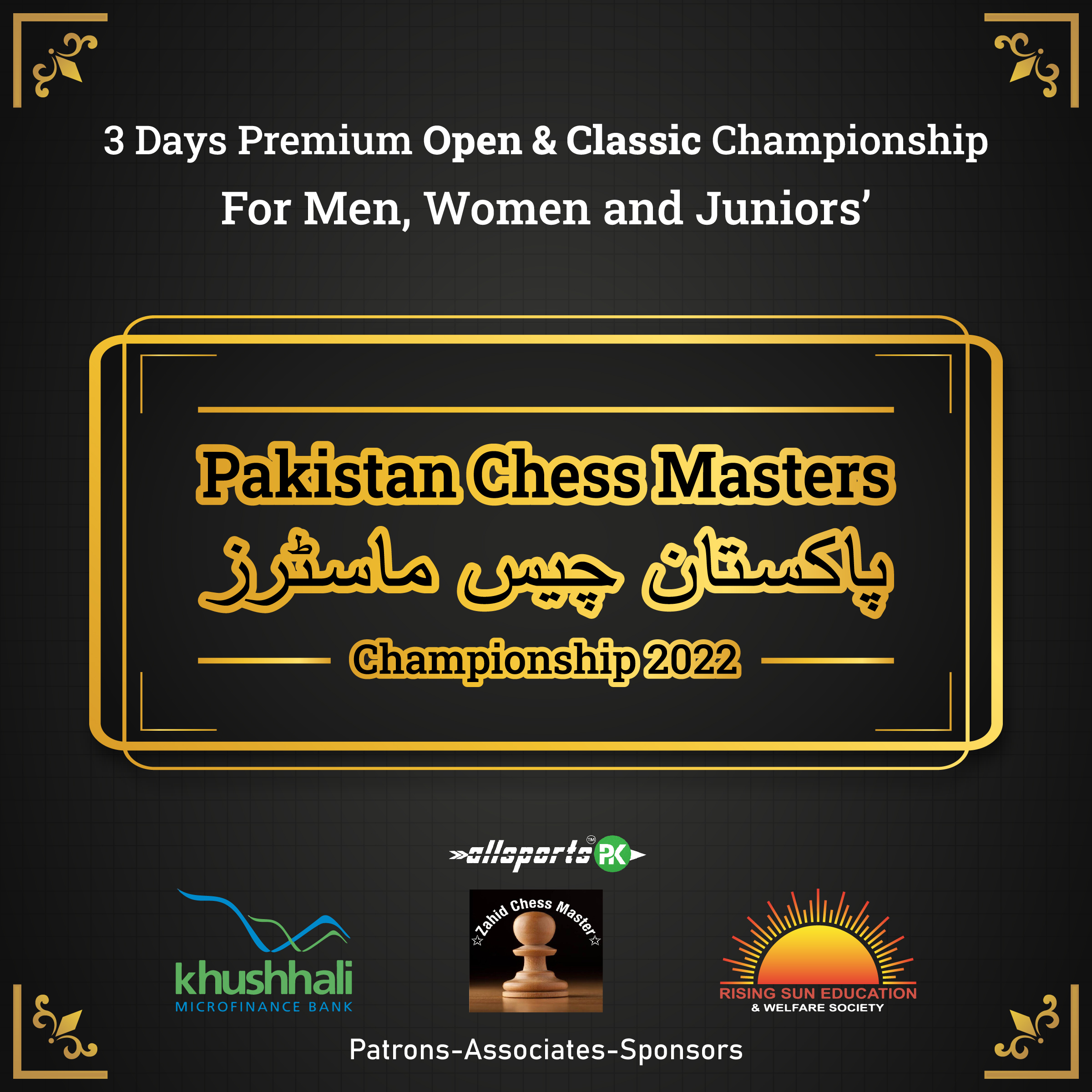Ten years ago, on a mild April evening in Bangalore, I sat on the press bleachers at the Chinnaswamy Stadium, watching a fireworks display of Olympic proportions. It was the opening ceremony of the inaugural Indian Premier League (IPL).Nothing would ever be the same again.

The true joy of cricket is far removed from what the IPL venerates. This is a sport about dexterity and endurance, about character. In a single innings, it lets you get up after taking a blow to the head, and score a century while surrounded by four slips, a gully, a point, and a short-leg. It asks you to tease a weakness through probing spells of accurate bowling. It urges you to choose the long road over the shortcut, the book over the movie. It teaches you that slowness is not a flaw, and steadfastness can win the race.
There is, of course, no harm in some light amusement. But the IPL, its promoters and its pundits, encourage us to believe that it is, in fact, the feature presentation. Gideon Haigh summed it up perfectly when he wrote, “(They suggest that) the rest of cricket simply does not exist; or began when (Lalit) Modi whipped it into shape from the drawn-out and economically inefficient activity it had been for a century and more.”
Instead of educating a new generation about the nuances of cricket, we’ve dumbed it down for the idle channel-surfer. Which would be fine if the performances were put it context: shorter boundaries, fielding restrictions that weigh heavily towards batsmen, dead pitches, additional power plays. Instead, this carnival of boundaries is accompanied by deep discussions on TV about strategy with 20 runs to get in the last over – a time when the only available strategy is to take the left leg out of the way and have a slog.
The impact of the IPL on a new generation of cricketers is as damaging as it is on cricket watchers. We are in the middle of a general lowering of standards because the IPL is so lucrative as compared with other forms, and demands so much less effort, that it invariably serves as the centrepiece of the cricketing calendar. More money for a four-over spell than for 90 overs in the sun, or for a 25-ball 40 than for a gruelling three-session century: why wouldn’t a majority of players want that? Is it a surprise then that the Ranji Trophy, the real second tier tournament, is rudely ignored?
So answer this: Is a flurry of sixes really more exciting than a pitched battle between bat and all? Watch it if you must, but spare me another IPL season.
—————————————————————————————————
By Kunal Pradhan.















